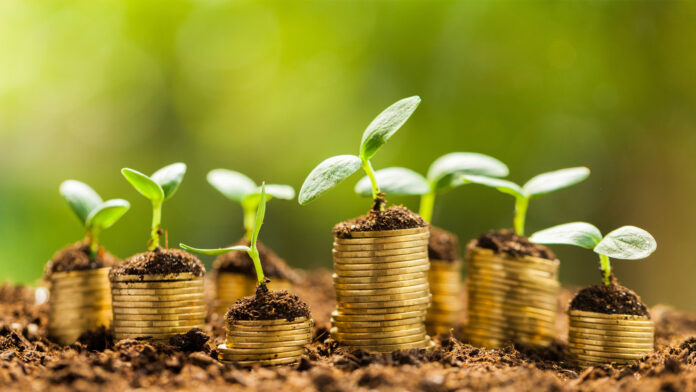From a standing start 15 years ago, the market in green bonds has reached $2 trillion. The Middle East, meanwhile, is on the course to becoming one of the world’s most influential renewable-energy regions.
The milestone figure was revealed by the Climate Bonds Initiative (CBI) – a not-for-profit that promotes low-carbon economy investment and advises governments and regulators – as part of a study backed by the First Abu Dhabi Bank (FAB).
Researchers analysed the data of self-labelled bonds aligned with the Paris Agreement, issued between the first green bond’s launch in 2007 and the third quarter of 2022.
But the CBI’s chief executive, Sean Kidney, warns that investment in sustainable finance needs to reach at least $5 trillion over the next three years to avert a “climate catastrophe”.
Emerging markets, including the Middle East, have a crucial role to play in achieving these targets, Kidney adds.
The UAE has committed $163 billion (€151 billion) to reach net zero by 2050, while Saudi Arabia has pledged about $180 billion to meet its target by 2060.
Nonetheless, the investment industry has a vital role to play in funding potential gaps between the private and public sectors, says Rob Ansari, Mercer’s head of investments and retirement for India, the Middle East and Africa.
The Middle East is paving the way for new energy businesses. From Tarshid, a Public Investment Forum (PIF) entity set up in Saudi Arabia, to Yellow Door Energy in the UAE and Jordan, the “investment industry is poised and ready to offer the vital sources of funding, strategy and business management to these regional start-ups”, he adds.
Moreover, last year’s COP 27 climate conference in Egypt, and this year’s forthcoming COP 28 at Expo City Dubai, have very much placed the region at the centre of discussions around climate change.
Oil revenues
Junaid Ansari, senior vice president of investment strategy and research at KAMCO Invest, a Middle Eastern asset management firm, notes that regulators in the Middle East are taking diverse initiatives. For instance, sovereigns are taking their first steps when it comes to launching green bonds.
The strategy is essential for the region, given governments’ dependence on oil revenues. “We expect a strong pipeline of green bonds this year as overall fixed income issuances are expected to grow from last year’s multi-year low levels,” he explains.
In addition, schemes such as carbon-capture plants and a carbon-offset trading exchange would enable a faster transition.
Another significant initiative recently announced by governments in the region is the launch of GCC ESG Disclosure Metrics – that is, environmental, social and governance metrics for companies listed on Gulf Cooperation Council exchanges.
However, much of the discussion amongst investment professionals is around the early stages of the climate transition, says Ansari. Here, there is a critical need for patient, high-risk capital for investments in sectors whose paths to decarbonisation depend on technologies that are in the early stages of development or not yet known.
Financial institutions will be critical to managing that risk, including financing sustainable infrastructure, supporting transition and investing in green innovation, he adds.
Creating a long-term and sustainable investment practice involves challenges, too, he warns, and the Middle East is not immune to these. The most obvious is a continued partnership between the public and private sectors.
Standardisation is one of the critical issues facing the industry, says Junaid Ansari, as is a need for clearly defined goals. Developing criteria, definitions, valuation and monitoring efforts are other challenges.
Additionally, as returns are impacted in the initial implementation stage, led by the need for significant investments, continuous incentives are needed for the corporate sector to adopt green principles.
Well-founded or not, other concerns range from worries about geopolitics to potentially focusing on short-term profits too much. One area to focus on, says Ansari, is removing the potential “cyclicality” of sustainable investing.
At its core, there is a higher purpose to sustainable investing – which, in an ideal world, transcends commercial considerations. Staying the ‘sustainable investing course’ is critical, and “we are observing the tension this can create between markets’ commitment to net zero whilst juggling the need to provide energy security”, he states.
One way through this, he notes, is to acknowledge the need to create a sustainable and climate-friendly infrastructure that will require finance that is fit for the future – and to resist the temptation to view today’s clean energy start-ups as tomorrow’s stranded assets.

